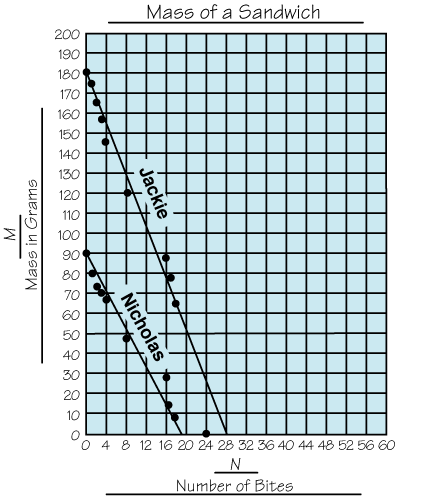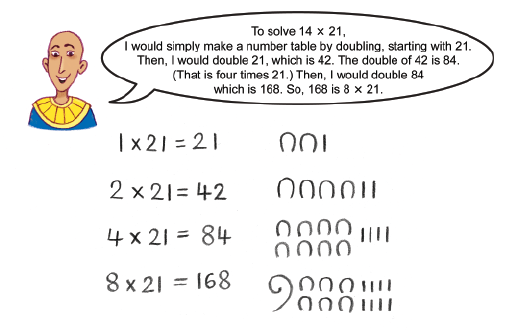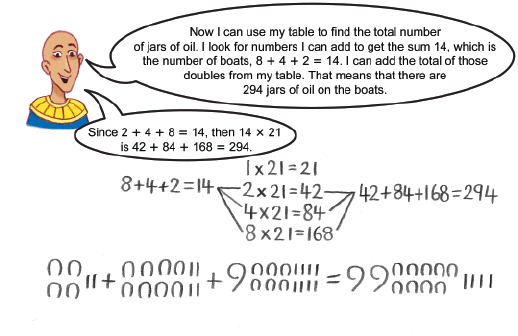D
decimal
A number written using the base-ten place value system and containing a decimal point. For example, 7.25 is a number written as a decimal. (See also decimal fraction.)
pages 454–462, 463–465, 466–473, 481, 482–486
decimal fraction
A fraction written as a decimal. For example, 0.75 and 0.4 are decimal fractions and 

pages 454, 456, 459–464, 466–468, 471–473
decimal hopper
Like base-ten hoppers, decimal hoppers can hop only distances based on base-ten place value units, but now the rule extends into decimal fractions as well. Decimal hoppers can hop a distance of 0.1, 0.01, or 0.001.

pages 482–486
decimal point
A period between the whole units and the decimal places in a number. The numbers to the right of the decimal point are less
than 1.

pages 454, 459, 468
decimeter
A unit of length in the metric system. A decimeter is 
pages 449, 451–452, 454
decrease
To go down in value. In a line graph with decreasing values, the line slants downhill as you read the graph from left to right.

page 575
degree
A degree (°) is a unit of measure for angles. There are 360 degrees in a circle.
pages (temperature) 183, (angle measure) 381–383, 386, 389, 391, 397, 399–401
denominator
The number below the line in a fraction. The denominator indicates the number of equal parts in which the unit whole is divided. For example, 4 is the denominator of the fraction 

pages 298, 302, 304, 307–308, 317, 320, 323, 325, 327, 329, 332–333, 340, 345, 351, 362, 363, 454, 463–464, 466
dependent variable
The variable whose value results from the experiment. Experimenters find the values of the dependent variable by doing the experiment. The dependent variable is often called the responding variable.
distributive property
The distributive property of multiplication over addition states:
a × (b + c) = (a × b) + (a ×c) or
4 × (3 + 2) = (4 × 3) + (4 × 2).
dividend
The number that is divided in a division problem; e.g., 12 is the dividend in 12 ÷ 3 = 4. 3 is the divisor and 4 is the quotient.
pages 73, 530, 546–547, 549
divides evenly
When you divide a whole number by one of its factors, the answer (or quotient) is a whole number with no remainder. For example, 3 divides evenly into 27 since 27 divided by 3 equals 9.
page 258
divisible
A number a is divisible by a number b, if there is no remainder when a is divided by b. For example, 12 is divisible by 4 (12 ÷ 4 = 3), but not by 5 (12 ÷ 5 = 2 R2).
pages 257–263
division
The operation of making equal groups. For example, there are 3 groups of 5 in 15.
pages 73–77, 214–219, 528–529, 530–534, 535–540, 541–543, 544–546, 546–552
division sentence
A number sentence involving division.
pages 72–74, 82, 258–262
divisor
In a division problem, the number by which another number is divided. In the problem 12 ÷ 4 = 3, the 4 is the divisor, the 12 is the dividend, and the 3 is the quotient.
pages 73, 215–216, 530, 546–547
doubling
Making something twice as big, e.g., adding a number to itself or multiplying a number by two: 6 + 6 = 12 or 6 × 2 = 12.
pages 154, 207–209, 214, 224–225, 518, 525
duplation
Multiply by doubling.


page 513










